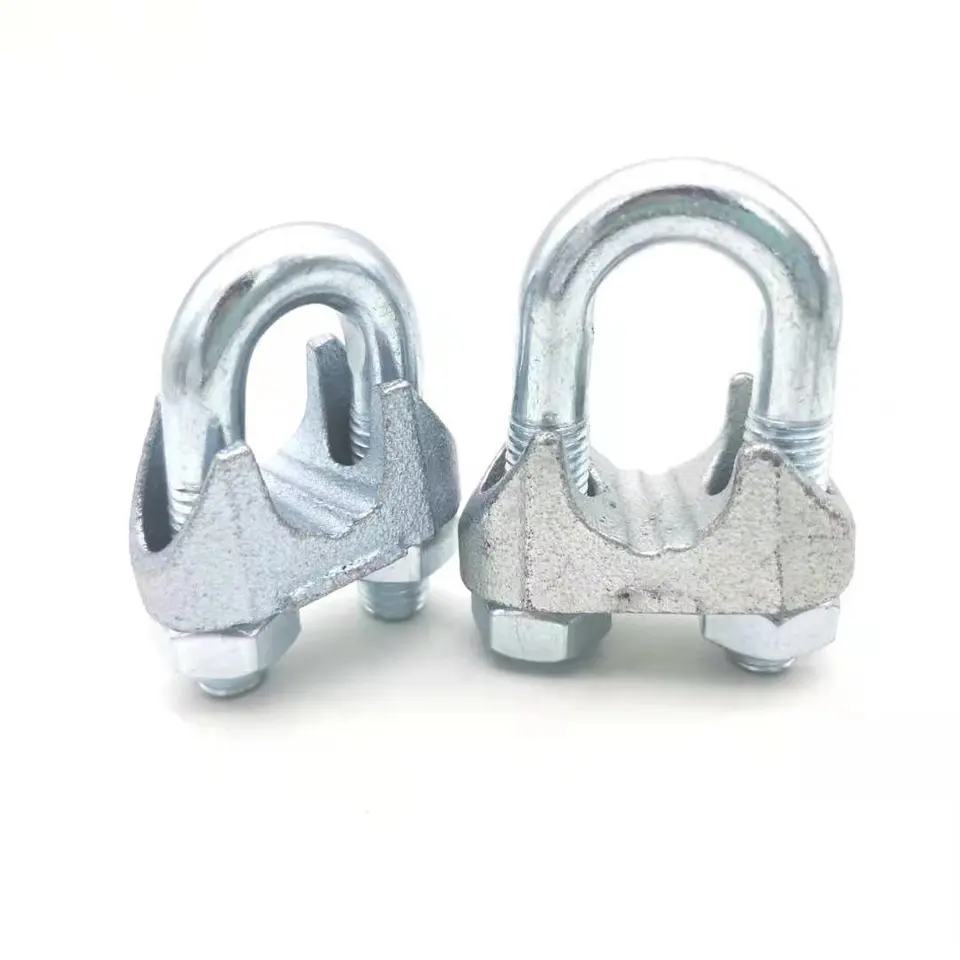News
Aug . 15, 2024 10:19 Back to list
High-Quality Chinese Ship Shackles for Marine Applications and Heavy-Duty Lifting Solutions
The Evolution and Importance of China’s Ship Shackles
In the maritime industry, safety and efficiency are paramount. Among the essential components that ensure the smooth operation of vessels are ship shackles. These sturdy metal links play a critical role in securing cargo, connecting various parts of the ship, and facilitating lifting operations. As a leader in ship shackle manufacturing, China has emerged as a significant player in the global market, providing innovative and high-quality products that meet international standards.
Historical Context
The history of ship shackles dates back thousands of years, with their evolution paralleling advancements in shipbuilding and maritime technology. Initially crafted from wrought iron, shackles have transformed over the centuries, incorporating advancements in metallurgy and engineering. Today’s shackles are predominantly made from high-strength steel, ensuring durability and reliability under extreme conditions.
China’s manufacturing sector has leveraged its vast resources and expertise to dominate the ship shackle market. By utilizing modern production techniques and rigorous quality control measures, Chinese manufacturers produce shackles that meet the needs of both domestic and international clients.
Types of Ship Shackles
Ship shackles come in various types to suit different applications. The most commonly used are D-shackles, which are primarily employed for lifting and securing loads. Bow shackles, distinguished by their wider design, are often used in applications requiring a greater load-bearing capacity. Each type of shackle has its specific uses, and understanding these differences is crucial for maritime operators who need to select the right equipment for their vessels.
In recent years, innovation has led to the development of specialized shackles that enhance performance and safety. For instance, some manufacturers now produce shackles with safety features such as locking mechanisms that prevent accidental disengagement. Additionally, corrosion-resistant materials have become increasingly popular, especially in marine environments where exposure to saltwater can significantly affect the lifespan of metal components.
china ship shackle product

Quality and Standards
Quality assurance is a critical aspect of ship shackle production. Chinese manufacturers adhere to stringent international standards, such as ISO 9001 certification, to ensure that their products can withstand the rigors of maritime use. Rigorous testing procedures, including load testing and inspection for material defects, are standard practices that help guarantee the integrity and safety of the shackles.
Moreover, as environmental concerns continue to rise, Chinese manufacturers are also becoming more focused on sustainable practices. This includes adopting environmentally friendly materials and processes that minimize waste and reduce the carbon footprint associated with production.
The Global Market
China’s ship shackles have found a significant market both domestically and internationally. With the growing demand for efficient and reliable maritime operations, countries around the world are increasingly sourcing shackles from Chinese manufacturers. The competitive pricing combined with high quality has allowed Chinese products to carve a substantial share of the global market.
Additionally, the Belt and Road Initiative (BRI) has further enhanced China's ability to export its ship shackles and related products. As infrastructure investments grow across participating countries, the demand for robust maritime solutions, including shackles, is likely to increase.
Conclusion
As the maritime industry continues to evolve, the significance of ship shackles becomes ever more apparent. China’s prominence in the production of these essential components is a testament to its manufacturing capabilities and commitment to quality. With ongoing innovations and adherence to international standards, Chinese ship shackles are set to play a pivotal role in securing the future of maritime operations worldwide. For shipowners and operators, investing in high-quality shackles is not just a matter of compliance; it is an investment in safety, efficiency, and the overall success of their maritime ventures.
